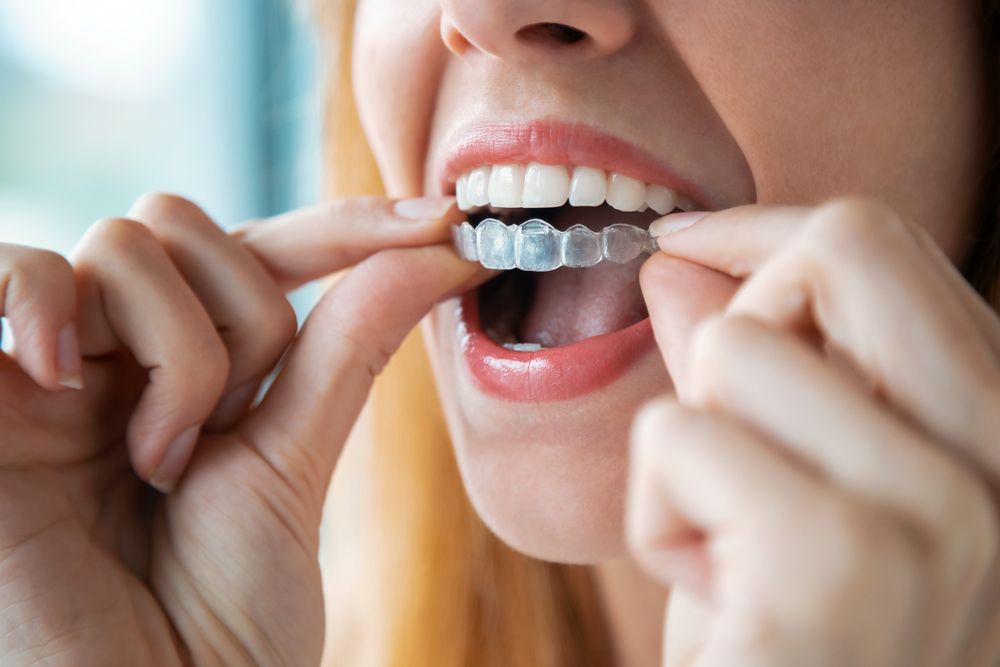In the ever-evolving field of orthodontics, Invisalign has emerged as a revolutionary force, transforming the landscape of dental correction and dominating demand. This invisible orthodontic solution has garnered immense popularity, promising a blend of efficacy and aesthetics that traditional braces often fail to offer. As we delve into the factors contributing to Invisalign’s dominance, it becomes evident why both patients and Invisalign providers find it an easy story to tell.
The Rise of Invisalign
Invisalign, introduced in the late 1990s, employs a series of clear, removable aligners custom-made for each patient’s dental structure. These aligners gradually shift teeth into their desired position, offering a discreet alternative to the conspicuous metal brackets and wires of traditional braces. The appeal of Invisalign lies in its near-invisibility, making it a preferred choice for individuals who wish to straighten their teeth without drawing attention to their orthodontic treatment.
The Patient Perspective
From a patient’s standpoint, Invisalign offers several advantages over conventional braces. The aligners are not only clear but also comfortable, as they are made from smooth plastic rather than metal that can irritate the gums and cheeks. Moreover, Invisalign aligners are removable, allowing for easy maintenance of oral hygiene. Patients can brush and floss without maneuvering around cumbersome brackets, significantly reducing the risk of cavities and gum disease during treatment.
The convenience of being able to remove the aligners also means patients can eat their favorite foods without restrictions. Traditional braces often come with a list of forbidden foods to prevent damage to the hardware, but with Invisalign, such dietary limitations are virtually nonexistent. This flexibility is a major selling point, particularly for teenagers and adults who are already managing busy lifestyles.
Invisalign Providers Find It an Easy Story to Tell
Orthodontists and dentists have embraced Invisalign as a significant part of their practice, often citing the ease with which they can communicate its benefits to patients. Invisalign providers find it an easy story to tell because the advantages are straightforward and compelling. The treatment is less invasive, more aesthetically pleasing, and generally quicker than traditional braces. Furthermore, the predictability of the treatment outcome, facilitated by advanced 3D imaging technology, allows providers to offer a clear roadmap to their patients.
Marketing Invisalign is simplified by the high satisfaction rates reported by patients. Testimonials and before-and-after photos speak volumes, showcasing dramatic improvements in smiles without the stigma associated with metal braces. For providers, this translates into a product that practically sells itself, backed by robust technological advancements and a strong track record of success.
The Competition
Despite Invisalign’s popularity, ceramic braces continue to hold a place in orthodontic treatments. Ceramic braces are similar to traditional metal braces but use clear or tooth-colored brackets, making them less noticeable. When compared to Invisalign most providers say that ceramic braces – for better or for worse, represent a middle ground between the visibility of metal braces and the discretion of Invisalign.
For better, ceramic braces offer the reliability and effectiveness of traditional braces while being less conspicuous. They are a good option for patients who may not be suitable candidates for Invisalign, such as those with more severe orthodontic issues that require precise adjustments only possible with fixed braces.
For worse, ceramic braces are not as invisible as Invisalign. The brackets, although less noticeable than metal, are still visible, and the elastic ties can stain over time, making them more conspicuous. Additionally, ceramic braces can be more fragile and may require more care to avoid damage. They also lack the removability feature of Invisalign, which means patients must adhere to stricter dietary restrictions and oral hygiene practices.
The Future of Orthodontics
The landscape of orthodontics is undoubtedly shifting towards more patient-friendly solutions. Invisalign’s dominance is a testament to the growing demand for treatments that offer both effectiveness and convenience. As technology continues to advance, we can expect further innovations that prioritize patient comfort and satisfaction.
However, it is essential to recognize that while Invisalign offers many benefits, it may not be suitable for everyone. The choice between Invisalign, ceramic braces, or traditional metal braces should be made in consultation with an orthodontic professional, considering the specific needs and conditions of the patient’s teeth.
Invisalign has transformed the field of orthodontics, offering a clear, comfortable, and convenient alternative to traditional braces. Its dominance in the market is bolstered by the ease with which providers can communicate its benefits and the high satisfaction rates among patients. While ceramic braces remain a viable option for certain cases, the trend towards invisible orthodontics is clear. As we move forward, the focus will continue to be on developing treatments that combine aesthetic appeal with effective results, ensuring that the story of Invisalign remains an easy and compelling one to tell.

